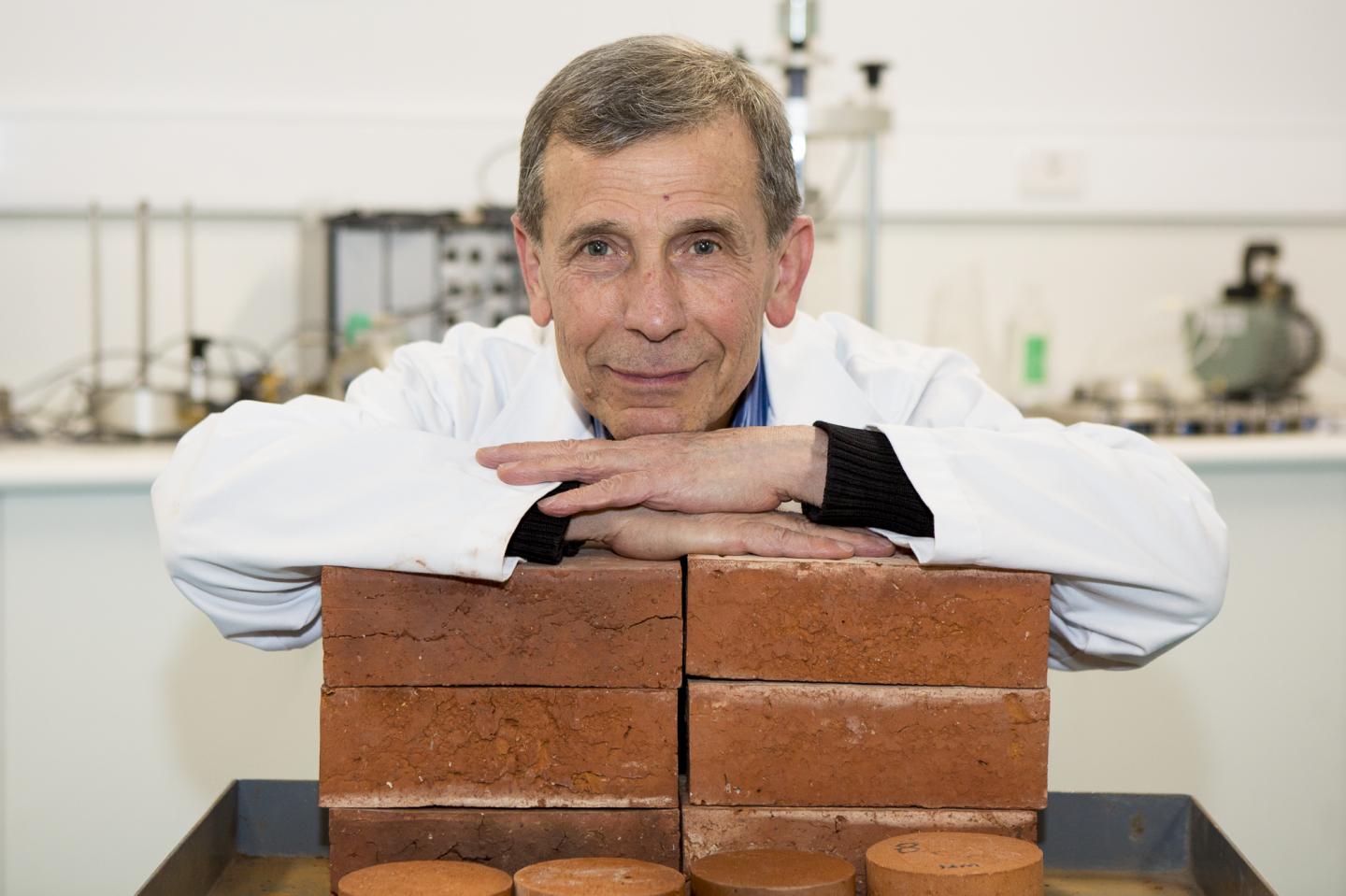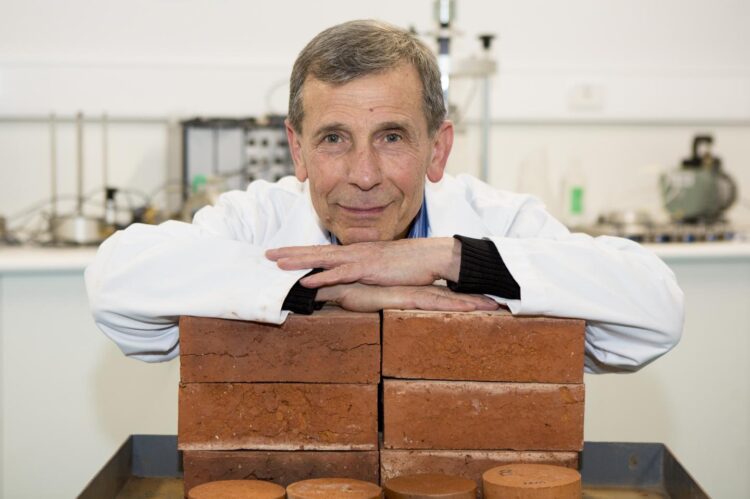New plan outlines the practical steps needed to bring brickmaking and waste management industries together, to tackle the global problem of cigarette butt pollution

Credit: RMIT University
Researchers have shown how industries could work together to recycle cigarette butts into bricks, in a step-by-step implementation plan for saving energy and solving a global littering problem.
Over 6 trillion cigarettes are produced each year globally, resulting in 1.2 million tonnes of toxic waste dumped into the environment.
RMIT University researchers have previously shown fired-clay bricks with 1% recycled cigarette butt content are as strong as normal bricks and use less energy to produce.
Their analysis showed if just 2.5% of global annual brick production incorporated 1% cigarette butts, this would offset total cigarette production each year.
The research team has now developed a detailed plan for bringing the brickmaking and waste management industries together, to implement cigarette butt recycling into bricks at mass scale.
Lead researcher Associate Professor Abbas Mohajerani said cigarette butts were saturated with toxic chemicals, including over 60 known to cause cancer.
“Firing butts into bricks is a reliable and practical way to deal with this terrible environmental problem, while at the same time cutting brickmaking production costs,” Mohajerani said.
“We need to do far more to stop cigarette butts from polluting our streets, rivers and oceans, and prevent them leaching harmful toxins into our environment.
“Our ultimate goal is a world free of cigarette butt pollution: our industry implementation plan outlines the practical steps needed to bring this vision to reality.”
The plan, published in a special issue of the journal Materials, shows how cigarette butts can be collected and recycled on an industrial scale.
Different incorporation methods are outlined – using whole butts, pre-shredded butts, or a pre-mix where the butts have already been incorporated into other brickmaking materials.
Requirements for maintaining health and safety are also methodically detailed, with analysis showing how risks can be mitigated for both industrial brickmaking and handmade bricks.
The new study also details for the first time the types of harmful bacteria found on cigarette butts, analyses how heavy metals can leach from them into the environment and examines the energy value of butts in the brickmaking process.
Energy savings
By analysing the butts’ energy value, the team in the School of Engineering at RMIT showed the incorporation of 1% cigarette butt content would reduce the energy required to fire bricks by 10%.
“It takes up to 30 hours to heat and fire bricks, so this is a significant financial saving,” Mohajerani said.
It can take many years for cigarette butts to break down, while heavy metals like arsenic, chromium, nickel and cadmium trapped in the filters leach into soil and waterways.
During firing, however, these metals and pollutants are trapped and immobilised in the bricks.
Bricks made with cigarette butts are also lighter and provide better insulation – meaning reduced household heating and cooling costs.
About 25 to 30 billion filtered cigarettes are smoked in Australia each year, with about 7 billion butts littered.
Mohajerani, who has spent over 15 years researching sustainable methods for cigarette butt recycling, has also developed technology for incorporating butts into asphalt concrete.
He said the technical solutions would need to be backed up by more stringent laws and harsher littering penalties.
“Local authorities would also need to provide more specialised bins for cigarette butts, to both prevent littering and enable smooth collection for the brickmaking process,” he said.
“My dream is a dedicated brickmaking recycling facility in every country, that can recycle butts and solve this pollution problem for good.”
###
‘Implementation of Recycling Cigarette Butts in Lightweight Bricks and a Proposal for Ending the Littering of Cigarette Butts in our Cities’, with lead author and PhD researcher Md Tareq Rahman, is published in Materials, in a special issue focused on Novel Sustainable Technologies for Recycling Waste Materials (DOI: 10.3390/ma13184023).
Media Contact
Gosia Kaszubska
[email protected]
Related Journal Article
http://dx.





